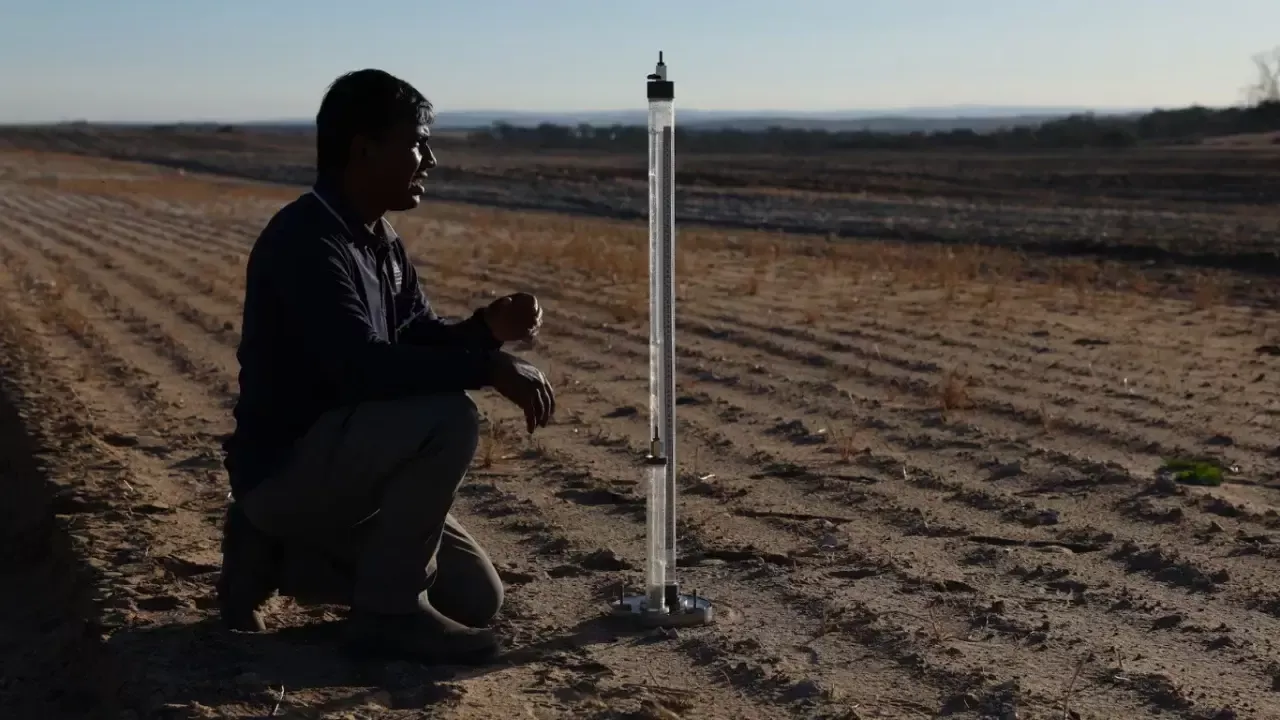
Australia is one of the driest continents in the world, but in recent years, farmers in the country have been achieving significant successes in wheat production. This was reported by Zamin.uz.
Since the 1980s, Australia has doubled its wheat exports. Key reasons for this success include improving soil structure, developing climate-adapted varieties, and new technologies that allow for efficient water use.
For example, Western Australian farmer Curtis Libek harvested one ton of wheat per hectare in 2023, even in the season with the least rainfall in the last fifty years. This is being recognized as a significant achievement in what was previously considered a "disaster" drought.
Australian farmers are widely implementing methods such as no-till planting, deep loosening, and the use of compost, gypsum, and clay to protect soil and enhance its fertility. At the same time, new seed varieties, early planting, and scientific research focused on efficient water use have significantly improved wheat production.
Experts emphasize that these practices could also be beneficial for other arid countries. According to farmer Curtis Libek, "Less rain is not a problem for us, but an opportunity." This approach is seen as an effective solution aimed at increasing yields even in drought conditions.







